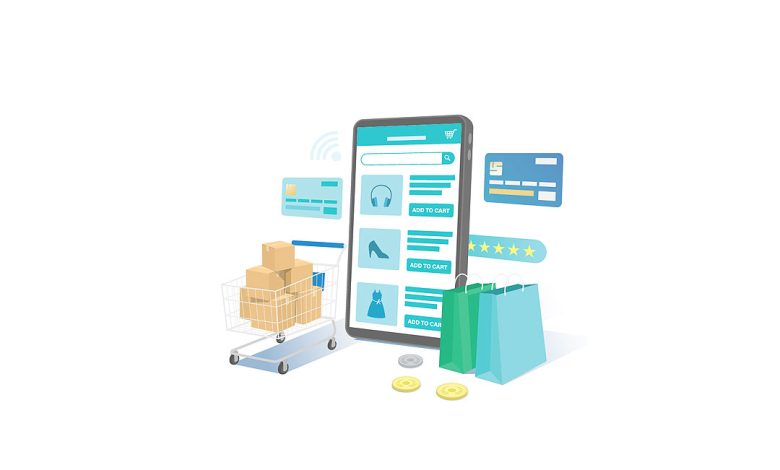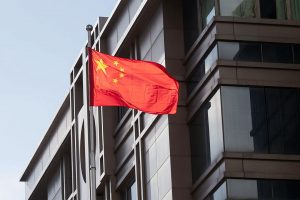2022 will be ground zero for innovation in e-commerce

THE PAST 18 months have taught players in the retail, logistics, and e-commerce sectors a lot about consumer behavior. While assumptions around customer expectations for fast delivery have historically been at the center of the conversation, attitudes and expectations are changing fast.
The consumer of today wants knowledge and accountability; they want to know where their order is and have real-time access to accurate information of when they can expect to receive it.
This is particularly so in Southeast Asia, where online shopping habits are deeply entrenched among consumers and where the e-commerce market has grown exponentially. It is expected that e-commerce gross merchandise value (GMV) could reach $120 billion by the end of the year — doubling the figures from 2020.
For consumers in the region, same-day or next-day deliveries are also no longer a value-add service. Consumers are becoming more impatient and, in many instances, are expecting this level of service by retailers and logistics players. At the same time, they are also less willing to pay for any additional shipping costs.
In many ways, such demand is the impetus behind the increasing popularity of on-demand delivery providers like the region’s Lalamove and Thailand’s Line Man. With the aim of making on-demand deliveries possible for a mix of retailers including restaurants and brick-and-mortar stores, these industry players are known to be able complete deliveries in less than two hours.
ENSURING A STRONG LAST MILE IS KEY
With this, it has become important, now more than ever, for retailers to have a robust last mile that is both fast and affordable for the Southeast Asian consumer. But how can retailers ensure this?
Given the increasingly competitive e-commerce landscape in Southeast Asia, retailers are finding it more expensive to try and acquire new customers. As a result, it becomes essential that they focus on building brand loyalty and ensuring high-quality customer service. With last mile being an extension of the brand and an important part of the consumer’s delivery experience, this is an area that retailers simply cannot afford to get wrong.
Failing to provide transparency, communication, and visibility of order and delivery details will lead to a bad experience for the online consumer, and while retailers are ramping up their e-commerce offerings, most have yet to conquer this critical component.
The only way for retailers and logistics providers to be able to service this growing demand and master the last mile, is through rapid innovation and digital investment. As the region starts to move out of lockdown, consumers’ habits and behaviors will also start to again change, which may make timely and accurate online fulfilment even more challenging.
Is having your own delivery network the way to go?
Many retailers will then be asking themselves whether it is time to start investing in their own delivery networks to gain a competitive advantage. Following in the footsteps of companies like Amazon, some retailers will be assessing their e-commerce volumes and working out whether it makes commercial sense to deliver their own packages — especially in metro areas like Jakarta, Indonesia and Bangkok, Thailand.
If retailers opt for this path, they can offer a prioritization model, whereby a customer can decide how long they are willing to wait for a particular order. Retailers need to start asking customers: “When do you need it and how much are you willing to pay to receive it?” and build a network that caters to these preferences and expectations.
If customer expectations are managed, then e-commerce can become an opportunity rather than a burden. A lack of innovation in this space will result in costs eating into profits, and no business wants to find itself in the difficult position of deciding whether to lose revenue or keep a customer happy.
Many retailers and logistics providers in Southeast Asia have reported record sales and profits in the last year, with numbers from the recent Singles Day an example of the potential that e-commerce in the region holds.
As consumer expectations continue to change, this phenomenon will evolve over the next two to five years and requires a commitment to innovation from retailers and logistics providers alike. Whether the solution is eventually brands starting their own delivery networks or implementing more automation at warehouses to get parcels packed and delivered quickly, it all comes down to control through technology and end-to-end visibility.
Mitch Bittermann is the executive vice-president Ecommerce Asia, TMX.




